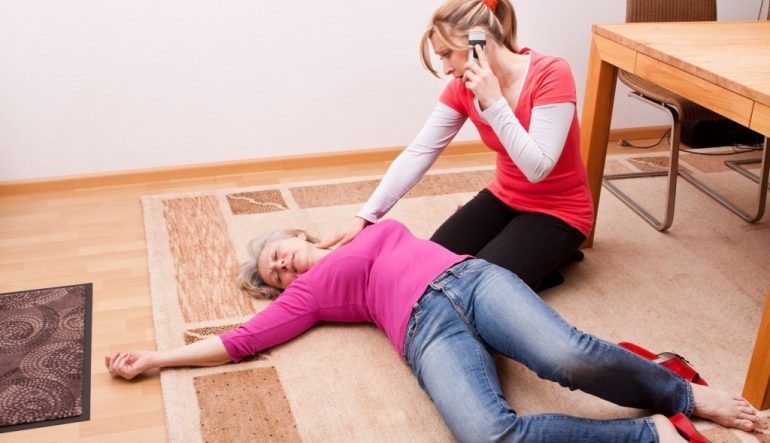The evidence is overwhelming that public access defibrillators save lives, and that more are needed.
AED (automated external defibrillator) compliance expert, Richard Lazar wrote a series of articles a couple of years back on what he called the National AED Shortage in the US.
He shared some scary statistics. For example, he posited that only 25 per cent of people who experience an out-of-hospital cardiac arrest (OHCA) get bystander CPR. That is, CPR from someone who happens to be nearby when the event happens, before emergency medical services (EMS) arrive.
He also said less than four per cent benefit from bystander use of an AED.
Lazar’s argument is that the only way to really address the low survival rates of out-of-hospital cardiac arrest, is to improve public access to defibrillation.
“While device makers innovate the AED technology and community leaders increase sudden cardiac awareness, why haven’t we made more progress? The biggest reason is the scarcity of these lifesaving devices in public places throughout the country.”
Lazar estimates that more than 40 million public access defibrillators would be required to cover the needs of the population of the United States; if you’re interested, you can find the calculations that led to this figure here. According to him, “we have only about 10 per cent (perhaps less) of the total number of AEDs required if rapid defibrillation is going to be available to most people experiencing SCA.”
It’s a numbers game – but it’s also about smart placement.
For example, when Australia’s two top grocery chains, Coles and Woolworths installed public access defibrillators, they set a strong example for other businesses to follow suit.
Over 10 years in the Australian State of Victoria, out-of-hospital cardiac arrests in supermarkets demonstrated a 26.6 per cent survival rate.
This is a stark difference to the 66.6 per cent who survived after receiving public access defibrillation.
All of this is secondary however, to the biggest need – which is having access to defibrillation in the home.
According to the American Heart Association, more than two-thirds (69.5 per cent) of out-of-hospital cardiac arrests in the US occur in homes and residences, and another 11.7 per cent happen in nursing homes. Combined, that’s four out of every five events.
Those same statistics also show that nearly one out of every two out-of-hospital cardiac arrest victims survive when a bystander steps in with CPR and rapid defibrillation, before EMS arrives.
This confirms that public access defibrillators save lives.
It also suggests that the biggest need for public access defibrillation, is actually in our homes.
It proves the best gifts we can give our loved ones, is to learn CPR and become familiar with the out-of-hospital chain of survival – so we know what to do should the time come.



